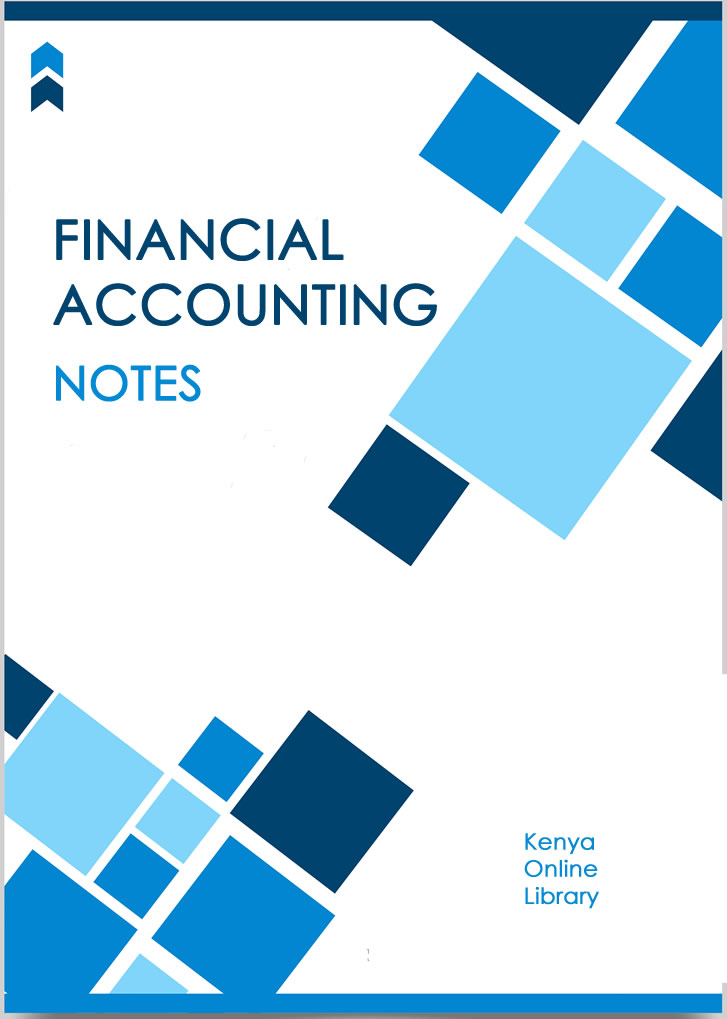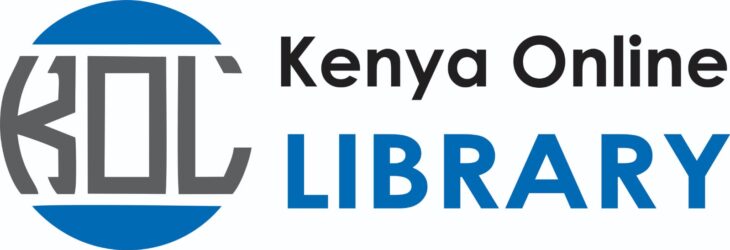
INFORMATION COMMUNICATION TECHNOLOGY UNIT DESCRIPTION
This paper is intended to equip the candidate with knowledge, skills and attitudes that will enable him/her to apply information communication technology effectively in solving business problems, decision making and in adapting to new working environments.
INFORMATION COMMUNICATION TECHNOLOGY UNIT DESCRIPTION LEARNING OUTCOMES
A candidate who passes this paper should be able to:
• Demonstrate proficiency in decision making using contemporary information communication technology tools
• Use various application packages to solve business issues
• Use data communication networks, the Internet and e-commerce in optimising business opportunities
• Apply data security measures and procedures
• Implement information systems legal, ethical and social issues.
Note to trainers: Trainers are advised to use a practical approach in offering tuition for this unit through infusing practical demonstrations in a computerized environment.
CONTENT
Contents
- 1 Introduction to information communication technology (ICT)
- 2 Overview of operating systems
- 3 An overview of application packages
- 4 Computer networks
- 5 The Internet
- 6 Data security
- 7 Information systems in an enterprise
- 8 E-Commerce
- 9 Mobile devices and applications
- 10 Systems analysis and design
- 11 Legal, ethical and social issues in information systems
1. Introduction to information communication technology (ICT)
- Introduction to information communication technology
- Computer hardware
- Computer software
- Programming languages and tools
- Information systems personnel and hierarchy
- Role of ICT in business environments
- Information centres
- Impact of ICT in business
2. Overview of operating systems
- Overview of an operating system
- Functions of an operating system
- Types of operating systems
- Computer booting
- Selection and acquisition of operating systems
3. An overview of application packages
3.1 Word processing
- Features of a word processor
- Formatting and editing text
- Creating and formatting tables
3.2 Spreadsheets
- Features of a spreadsheet program
- Formatting and editing spreadsheet
- Formulas
- Functions; sum, average,min, max, IPMT, NPV,PMT,PV, VLOOKUP, HLOOKUP, COUNT, IF, sumif
- Charts and graphs
- Working with pivot tables
- Linking formulas in different worksheets
- What if analysis; Goal seek and solver
3.3 Presentation software
- Features of a presentation program
- Typing and formatting text in slide
- Slide show
3.4 Computerised accounting software
- Capturing data
- Features of accounting software
Download Information Communication Technology CPA Notes
4. Computer networks
-
- Computer networks concepts
- Computer network hardware and software
- Data transmission media
- Types of computer networks
- Advantages and limitations of networking
- Cloud computing concepts, features and models
- Internet of things (IoT)
5. The Internet
-
- Introduction to the Internet
- Applications of Internet :-
- Using search engines
- E-mails
- Electronic communication
- Internet services – e-mails, www, instant messaging
- Internet service providers (ISPs)
- Applications of internet
- Online collaborative tools; cloud sheets and cloud documents
- Impact of internet on society
6. Data security
-
- Overview of data security
- Threats and controls
- Data backup and restoration procedures
7. Information systems in an enterprise
-
- Overview of information systems
- Components of an information system
- Types and characteristics of information systems
- Systems in a functional perspective
- Enterprise applications and the business process integration
Download Information Communication Technology CPA Notes
8. E-Commerce
-
- e-commerce concepts and features
- Models of e-commerce
- Impact of the internet on business
- E-commerce enabling software
- Business opportunities in e-commerce
- E-commerce infrastructure and platforms
- E-commerce payments methods
- Challenges of e-commerce
- Securing e-commerce transactions
- M-commerce and applications
- Digital marketing methods
9. Mobile devices and applications
-
- Overview of mobile computing
- Types of mobile devices
- Uses of mobile devices
- Overview of mobile applications
- Mobile browsers
10. Systems analysis and design
-
- Elements of information systems
- Systems theory
- Types of information systems
- Personnel involved in systems analysis and design
- Systems analysis and design concepts
- Systems development life cycle (SDLC) :-
- Definition of systems development life cycle
- Phases of SDLC
- Advantages and disadvantages of SDLC
- Requirements elicitation :-
- Stakeholder analysis
- Need for requirements gathering
- Process for requirements gathering
- Requirements gathering tools and techniques
- Gap analysis
- Prioritisation of requirements
-
- Information systems ethical and social concerns
- The moral dimension of information systems
- The legal issues in information systems
